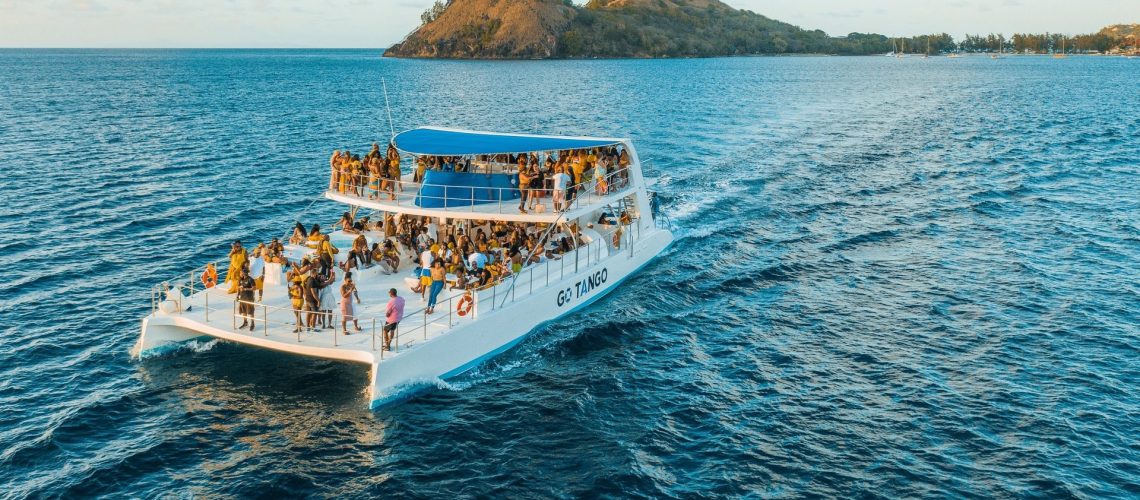Introduction:
When it comes to the world of maritime and coastal infrastructure, the terms “mooring” and “pier” are frequently used, but what do they actually mean, and how do they function? In this comprehensive guide, we’ll delve into the intricate details of mooring and piers, exploring their purposes, types, and significance within the marine industry.
Table of Contents
- Understanding Mooring
- 1.1 What is Mooring?
- 1.2 Types of Mooring
- 1.3 Importance of Mooring
- Exploring Piers
- 2.1 Pier Defined
- 2.2 Types of Piers
- 2.3 Pier’s Role in Maritime Activities
- Differences between Mooring and Piers
- The Connection: Mooring and Piers in Action
- Maintaining Mooring and Piers for Longevity
Understanding Mooring
What is Mooring?
Mooring is a crucial aspect of maritime operations, involving the secure anchoring of vessels in a fixed location. This is typically achieved by using ropes, chains, or cables to connect a vessel to a fixed structure, the mooring point, on the shore, the seafloor, or even to other vessels. Mooring ensures that a vessel remains in a designated location and prevents it from drifting due to currents, tides, or wind.
Types of Mooring
There are various types of mooring systems, including single-point mooring, spread mooring, and dynamic positioning systems. Each system has its own set of advantages and use cases, depending on the specific requirements of the vessel and the environmental conditions.
Importance of Mooring
Mooring is essential for safe and efficient maritime operations. It facilitates the loading and unloading of cargo, as well as the embarkation and disembarkation of passengers. Proper mooring also plays a vital role in preventing accidents, protecting the environment, and ensuring the overall safety of both vessels and personnel.
Exploring Piers
Pier Defined
A pier is a raised, long structure that extends into a body of water, often serving as a docking point for vessels. Piers are built from a variety of materials, including wood, concrete, and steel, and can vary in size from small recreational piers to large commercial and industrial structures.
Types of Piers
Piers come in different types, including:
- Commercial Piers: Used for loading and unloading cargo.
- Recreational Piers: Designed for leisure activities and fishing.
- Fishing Piers: Specifically for fishing enthusiasts.
- Pier Walkways: Often found in tourist areas, providing scenic views.
Pier’s Role in Maritime Activities
Piers serve as vital infrastructures for maritime activities. They facilitate the easy embarkation and disembarkation of passengers and are essential for the efficient loading and unloading of cargo. Moreover, they provide docking and berthing facilities for various types of vessels, ranging from small boats to large ships.
Differences between Mooring and Piers
While both mooring and piers are integral to maritime operations, it’s crucial to distinguish between the two. Mooring focuses on the anchoring of vessels, whereas piers are physical structures extending into the water, providing docking and berthing facilities.
The Connection: Mooring and Piers in Action
The synergy between mooring and piers is evident in day-to-day maritime operations. Moored vessels utilize piers as a safe and convenient point of contact with the shore. This connection streamlines cargo handling, passenger transportation, and vessel maintenance.
Maintaining Mooring and Piers for Longevity
Proper maintenance is essential for ensuring the longevity and safety of both mooring systems and piers. Routine inspections, repairs, and adherence to industry standards are crucial to prevent accidents and maintain a sustainable marine environment.
Conclusion
As we conclude this comprehensive guide on mooring and piers, we’ve explored their individual functions, differences, and their harmonious relationship within the maritime industry. Mooring ensures that vessels remain secure and stationary, while piers offer docking and berthing facilities that play a pivotal role in the loading and unloading of cargo, passenger transportation, and various maritime activities.
The proper understanding and maintenance of mooring systems and piers are crucial for ensuring the longevity of these maritime infrastructures. The safety of vessels and their crews, as well as the preservation of the marine environment, depend on the reliability of these systems. Regular inspections, adherence to industry standards, and timely repairs are essential to guarantee the continued functionality and safety of both mooring and piers.
In the ever-evolving world of maritime and coastal activities, mooring and piers remain essential components, adapting to modern needs and technologies. As the demands of the industry change, so too will the methods and technologies related to mooring and piers. By staying informed and embracing innovations, we can continue to enhance the efficiency and sustainability of maritime operations.
Whether you’re a maritime professional, a coastal enthusiast, or simply someone intrigued by the mechanics of the sea, understanding mooring and piers is a step towards appreciating the intricacies of the maritime world.
Thank you for joining us on this journey to unravel the significance of mooring and piers in the grand tapestry of maritime operations. We hope this guide has provided you with a deeper understanding of these essential elements that keep our coastal world interconnected and flourishing.

